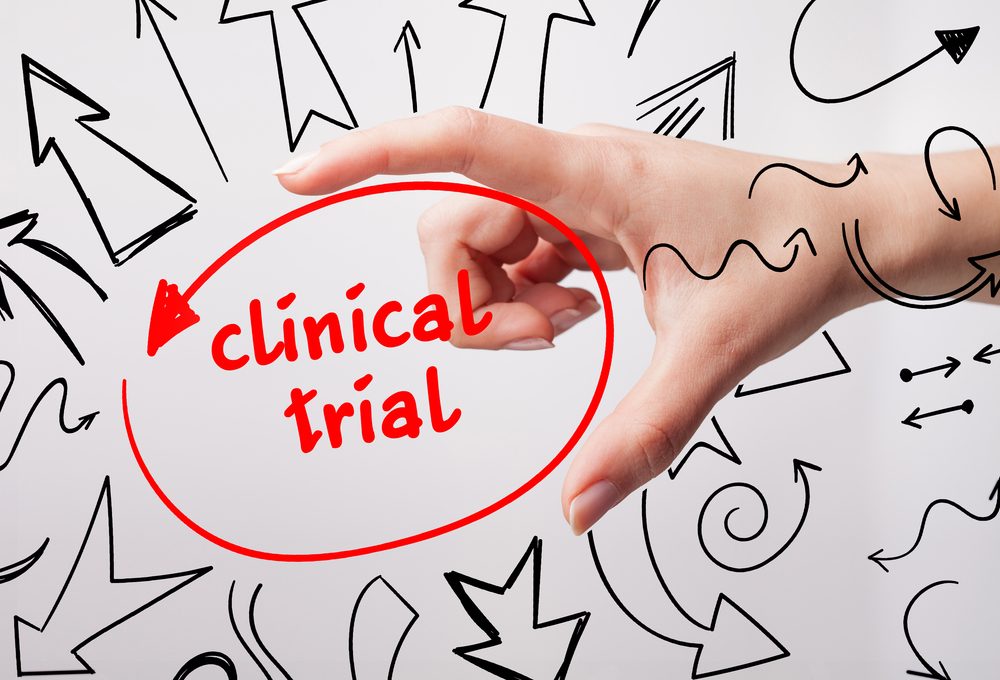First Patient Dosed in Phase 1/2 Trial of 4DMT’s Gene Therapy 4D-310

A Phase 1/2 clinical trial evaluating the investigational gene therapy 4D-310, developed by 4D Molecular Therapeutics (4DMT) for people with Fabry disease, has dosed its first patient.
The trial (NCT04519749) is currently enrolling men with Fabry at four sites across the U.S. These study locations are the Children’s Hospital of Pittsburgh, in Pennsylvania, Emory University, in Georgia, the Baylor Scott & White Research Institute, in Texas, and the Lysosomal & Rare Disorders Research & Treatment Center, in Virginia.
The planned sites at the University of Alabama at Birmingham and the University of Utah also may have begun patient recruitment; more information is available here.
“The unmet need for patients with Fabry disease is significant,” Raphael Schiffmann, MD, 4DMT’s senior vice president and therapeutic area head of cardiology, said in a press release.
Schiffmann called 4D-310 “a promising therapeutic modality” for these patients.
Fabry disease is caused by the absence, or markedly reduced activity, of the alpha-galactosidase A (Gal A) enzyme, due to mutations in the GLA gene. Gal A deficiency leads to the toxic accumulation of fatty molecules in tissues and organs such as the heart, kidneys, nervous system, eyes, and skin. This toxic buildup damages the function of these organs and tissues.
Enzyme replacement therapy (ERT), which involves the delivery of a lab-made version of Gal A to patients, is the current gold standard treatment for Fabry disease.
However, it is “associated with a high-treatment burden, and due to the short half-life in the blood, patients lack therapeutic concentrations of [Gal A] between infusions,” Schiffmann said.
A treatment’s half-life is the time it takes for its circulating levels in the blood to drop to half of the original amount given.
In addition, ERT may not be as effective at delivering Gal A to certain tissues, such as those of the heart — and heart damage is the leading cause of death among Fabry patients.
“Gene therapy represents a promising therapeutic modality for patients with Fabry disease because of its potential as a one-time therapy that can deliver stable and sustained levels of [Gal A] activity,” Schiffmann said.
It works by delivering a healthy version of the GLA gene to cells, allowing them to make their own working Gal A enzyme.
4D-310 accomplishes this by using an engineered and harmless adeno-associated virus (AAV), called 4D-C102, that has a greater ability to target and promote Gal A production in diseased tissues, including the heart.
The investigational gene therapy was created through 4DMT’s Therapeutic Vector Evolution platform, which applies “the principles of directed evolution to invent targeted and evolved AAV vectors for the delivery of genes to specific tissue types,” said David Kirn, MD, 4DMT’s CEO, co-founder, and president.
“4D-310 is designed for both stable therapeutic [Gal A] enzyme activity in the blood, as well as for intracellular production within affected tissues, including in cardiac muscle cells,” Kirn said.
Preclinical studies showed that 4D-C102 worked better than other AAV viral constructs at delivering genes to heart muscle cells in mice, human cells, and non-human primates. The new virus also promoted lower levels of inflammation in the heart, and was effective at lower doses relative to currently used AAV-based gene therapies for neuromuscular diseases.
“The targeted organ distribution of 4D-310 in Fabry disease makes it likely that this therapy can also potentially treat the cardiomyopathy [heart disease] associated with Fabry disease, a critical disease manifestation that other therapies have been unable to address,” Schiffmann said.
The U.S. Food and Drug Administration last year granted the therapy fast track designation for treating Fabry. That designation provides 4DMT access to more frequent communication with the agency during 4D-310’s development. Additionally, if other criteria are met, the therapy may be eligible for accelerated approval and/or priority review.
The ongoing Phase 1/2 clinical trial was designed to evaluate the preliminary safety, tolerability, and maximum-tolerated or maximum-feasible dose of 4D-310 in up to 18 adult men with Fabry disease.
To be eligible, patients on ERT must be receiving the treatment for at least one year and be on a stable dose for at least six months.
In its first, dose-escalation part, participants will receive a single intravenous (into-the-vein) infusion of different doses of the therapy. The goal is to determine the optimal dose to be evaluated in a larger, new group of patients in the dose-expansion phase.
Besides safety and tolerability, the researchers also will look — during one year post-treatment — at changes in Gal A enzymatic activity and in the levels of the fatty molecules that build up in these patients. The development of antibodies against either the therapy or Gal A also will be assessed, as such antibodies can impair treatment effectiveness.
The company also is working on the development of other gene therapies, all based on its proprietary platform. These therapies target the eye or the lungs in conditions mainly affecting those tissues and organs.






